About
The Two-Lined Chestnut Borer Beetle is a destructive insect that poses a serious threat to oak trees. The beetle attacks the trunk and branches of trees, leading to weakening and potential death of the tree.
Recognizing the Two-Lined Chestnut Borer is important in order to take preventative measures to protect your trees. The beetle is small, about 1/2 inch long, and has distinctive markings. The body is dark-blue shaded with a 'metallic', somewhat shiny color. It also has two pale yellow stripes running lengthwise down its body, on the thorax and wings.
Homeowners can differentiate the Two-Lined Chestnut Borer Beetle from other insects by looking for signs of infestation. These signs include small holes and galleries in the bark, dying leaves causing discoloring in the foliage, and wilting or dying branches. It is important to act quickly if you suspect that your trees are infested, as the damage caused by the beetle can be severe and difficult to reverse. As a rule of thumb, if damage becomes visible, it is usually impossible to save the infested limb and if more than 30% of a tree is affected, it has much lower chances of survival.
Affected Species of Trees
Identification of the TLCB is made somewhat easier by the fact that the pest attacks a limited number of tree species.
The Two-Lined Chestnut Borer Beetle is particularly common in oak (white and red) and chestnut trees (currently decimated), but can also infest other species of trees. This includes the occasional attack on species such as hornbeam and beech. It is important to be aware of the presence of the beetle in your area, and to take preventative measures to protect your trees if necessary. This can include regular inspections for signs of infestation, maintaining the health of your trees, and seeking professional help if necessary.
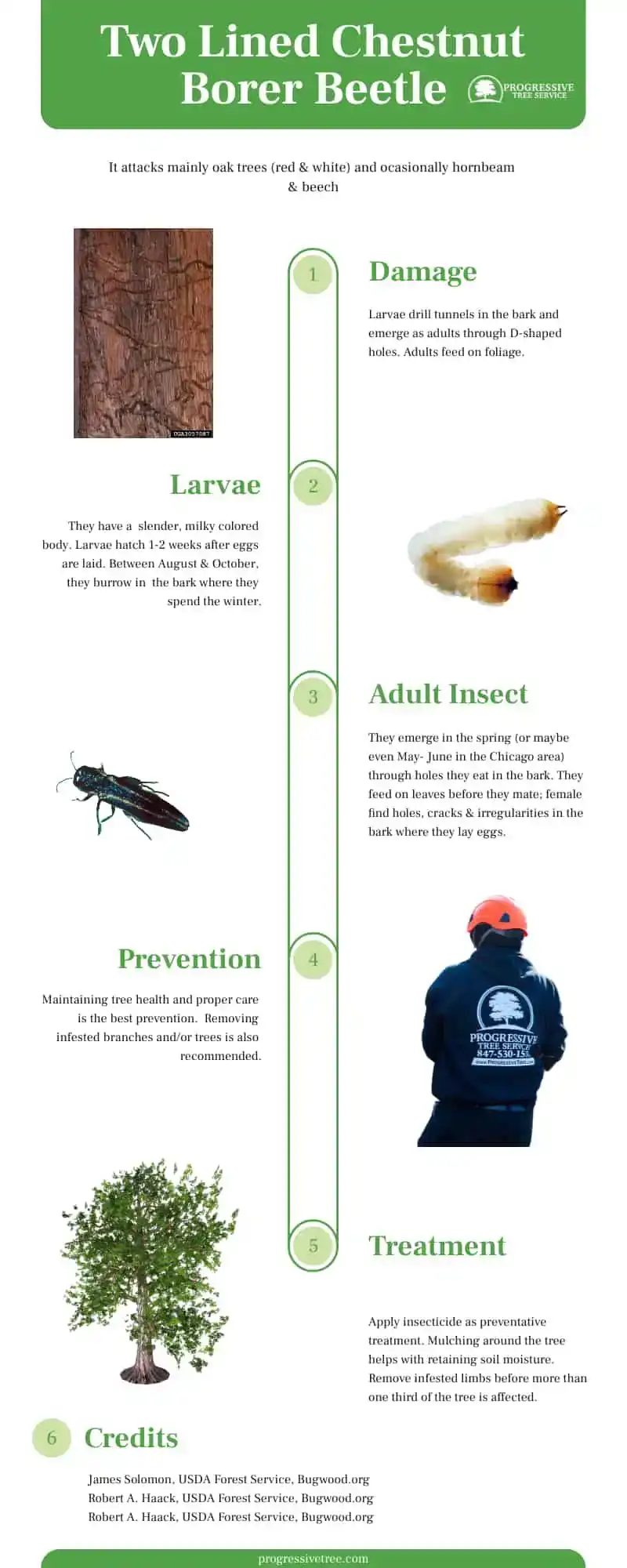
Share this Image On Your Site (attribution required)
The Two-Lined Chestnut Borer Beetle attacks oak trees by boring into the trunk and branches of the tree. The adult beetles lay their eggs on the bark of the tree, and the larvae hatch and burrow into the tree. As they feed on the tree's bark, they create tunnels and galleries that weaken the structure of the tree and prevent nutrient and water delivery throughout the tree.
The tunneling and galleries created by the larvae can also provide entry points for other pests and diseases, further weakening the tree. Over time, the damage caused by the beetle can lead to the death of the tree.
Prevention, Mitigation & Treatment Of The TLCB
- Recognizing the beetle: Being able to recognize the Two-Lined Chestnut Borer Beetle is an important first step in protecting your trees.
- Regular tree inspections: Conducting regular inspections of your trees can help you detect signs of infestation early on, before the damage becomes severe. Look for tunnels and small holes in the bark, leaves of a different color or dying and wilting or dying branches.
- Removing dead or weakened trees: Removing infected, dead or weakened limbs or/and trees from your property can help prevent the spread of the Two-Lined Chestnut Borer Beetle to healthy trees. It can also save an infected tree if it is less than a third affected.
- Maintaining the health of your trees: Maintaining the health of your trees is an important preventative measure. Healthy trees are better able to withstand attacks from pests and diseases, and are less likely to be infested by the Two-Lined Chestnut Borer Beetle. Watering, fertilizing and mulching around the tree base reduces the chance of an infestation
- Seeking professional help: If you suspect that your trees are infested with the Two-Lined Chestnut Borer Beetle, it is important to seek professional help. Tree care experts can provide the necessary treatment to protect your trees and prevent further damage to healthy trees nearby.
- Apply insecticide: it can be used both as a prevention method and as treatment. Consult with your arborist in order to make an informed decision whether insecticide application is required.
The Two Lined Chestnut Borer In The Chicago Area
The TLCB has been detected around the greater Chicago area. According to Stephanie Adams from the Morton Arboretum in an interview given to WBBM NewsRadio, the pest attacks stressed and weak oak trees:
The pest is monitored by forestry departments in the area, including (but not limited to):
How Can You Control The Two Lined Chestnut Borer?
Prevention and proper oak tree care is the best way to control the spreading of the insect. Some of the other successful control methods are pruning infested libs, removing trees that are more than one third affected so they do not spread to healthier trees.
Does The Two Lined Chestnut Borer Fly?
Yes. After surfacing from the bark as adults, the beetles fly to the foliage of the host tree or nearby trees to feed on the leaves.
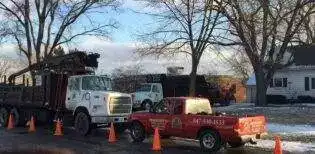
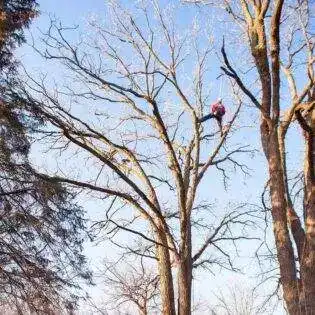
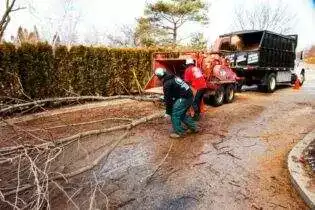
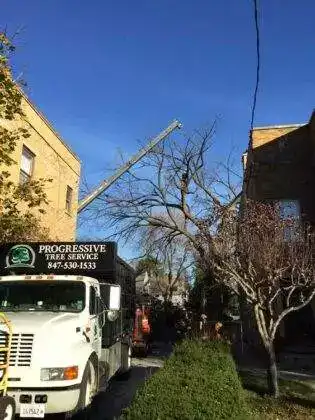
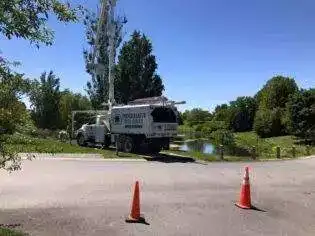
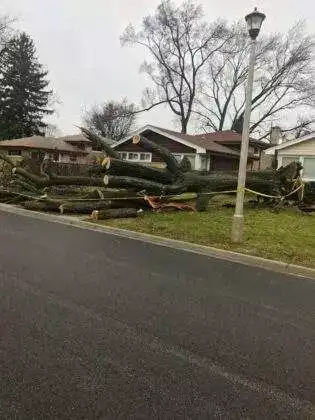
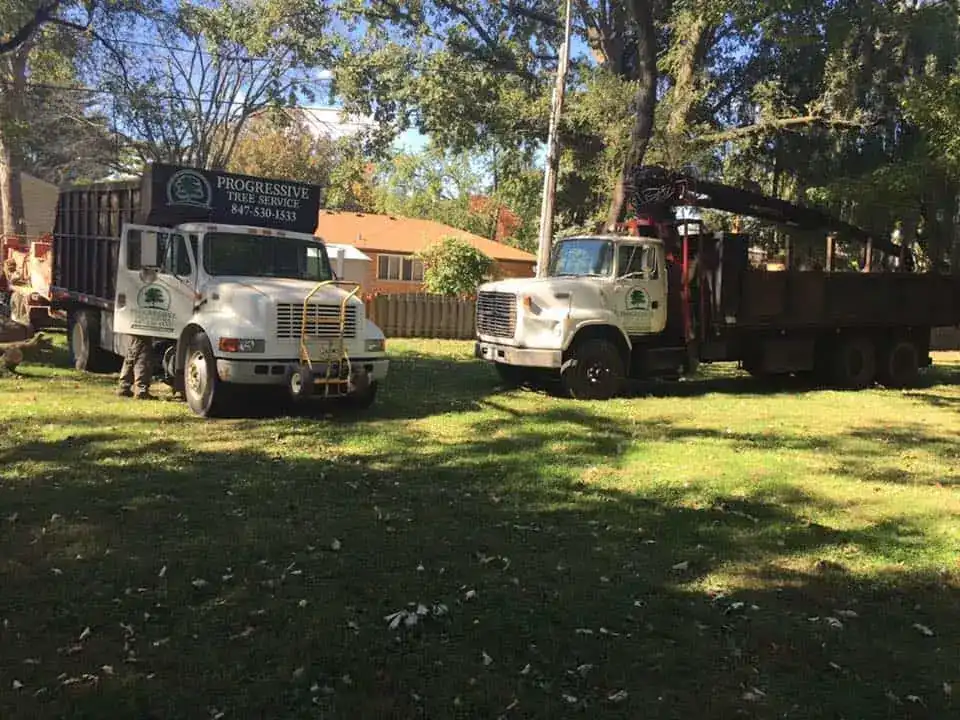
You must be logged in to post a comment.